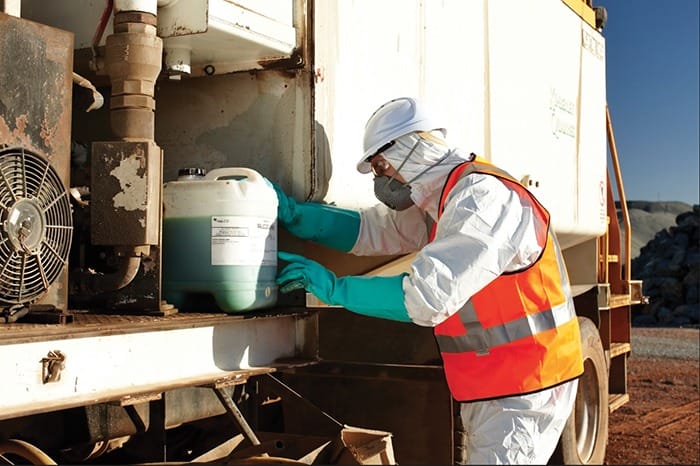Introduction
Hazardous materials, commonly encountered in various Australian industries, pose significant risks to health, safety, and the environment. The awareness of these substances and their proper management is crucial in ensuring workplace safety. This article aims to explore the multifaceted role of hazardous materials awareness in the context of Australian workplace safety.
Understanding Hazardous Materials
Hazardous materials, or ‘hazmat’, include a wide range of potentially dangerous substances. They are classified into various categories such as flammable, corrosive, toxic, and biohazardous. In Australia, industries such as mining, chemical manufacturing, agriculture, and healthcare regularly handle these materials. Recognizing the types of hazardous materials present in the workplace and understanding their properties is the first step in managing their risks effectively.
The Role of Awareness in Workplace Safety
Awareness plays a critical role in preventing accidents and incidents involving hazardous materials. This involves understanding the risks associated with these materials, proper handling techniques, and emergency response procedures. Australian workplaces have seen instances where a lack of awareness led to accidents, resulting in injuries, fatalities, and environmental damage. Such incidents highlight the need for comprehensive awareness and training programs.
Legal and Ethical Responsibilities
In Australia, various laws and regulations govern the handling of hazardous materials. The Work Health and Safety Act, for example, sets out the obligations of employers and employees in ensuring workplace safety. These legal requirements are not just about compliance; they represent an ethical commitment to protect workers and the environment. It is imperative for every individual in the workplace to be aware of these regulations and adhere to them.
Training and Education
Training and education are pivotal in hazardous materials management. Regular training programs help in keeping the workforce informed about safe handling practices, emergency procedures, and legal obligations. These programs should be comprehensive, covering all aspects of hazardous material safety, and should be updated regularly to reflect changes in regulations and industry best practices.
Implementing Safety Practices
Implementing safety practices in the workplace involves several steps. These include conducting regular risk assessments, establishing clear procedures for the handling of hazardous materials, and ensuring that all personnel are trained and aware of these procedures. Safety practices should be reviewed and updated regularly to ensure their effectiveness and compliance with current standards.
The Impact of Technological Advancements
Technological advancements have a significant impact on hazardous materials management. Modern monitoring and detection systems can provide early warnings of hazardous conditions, allowing for prompt response. Advances in personal protective equipment (PPE) have also enhanced the safety of workers handling these materials.
The Importance of a Safety Culture
Creating a safety culture within an organization is essential. This involves fostering an environment where safety is a shared responsibility and is integrated into every aspect of the workplace. Encouraging open communication about safety concerns and learning from past incidents are key aspects of a strong safety culture.
Global Perspectives and Best Practices
Looking at global perspectives and best practices can provide valuable insights into managing hazardous materials. Learning from the experiences of other countries and adopting internationally recognized standards can help elevate safety practices in Australian workplaces.
Conclusion
Hazardous materials awareness is a critical component of workplace safety in Australia. It requires a concerted effort from all stakeholders to ensure a safe and compliant working environment. Through continuous education, training, adherence to regulations, and fostering a strong safety culture, the risks associated with hazardous materials can be significantly mitigated.
If you would like to know more or would like our assistance in the areas mentioned check us out at www.intrinsicsafety.com.au. Alternately, call us on 1300 990 336 or email us at [email protected]



